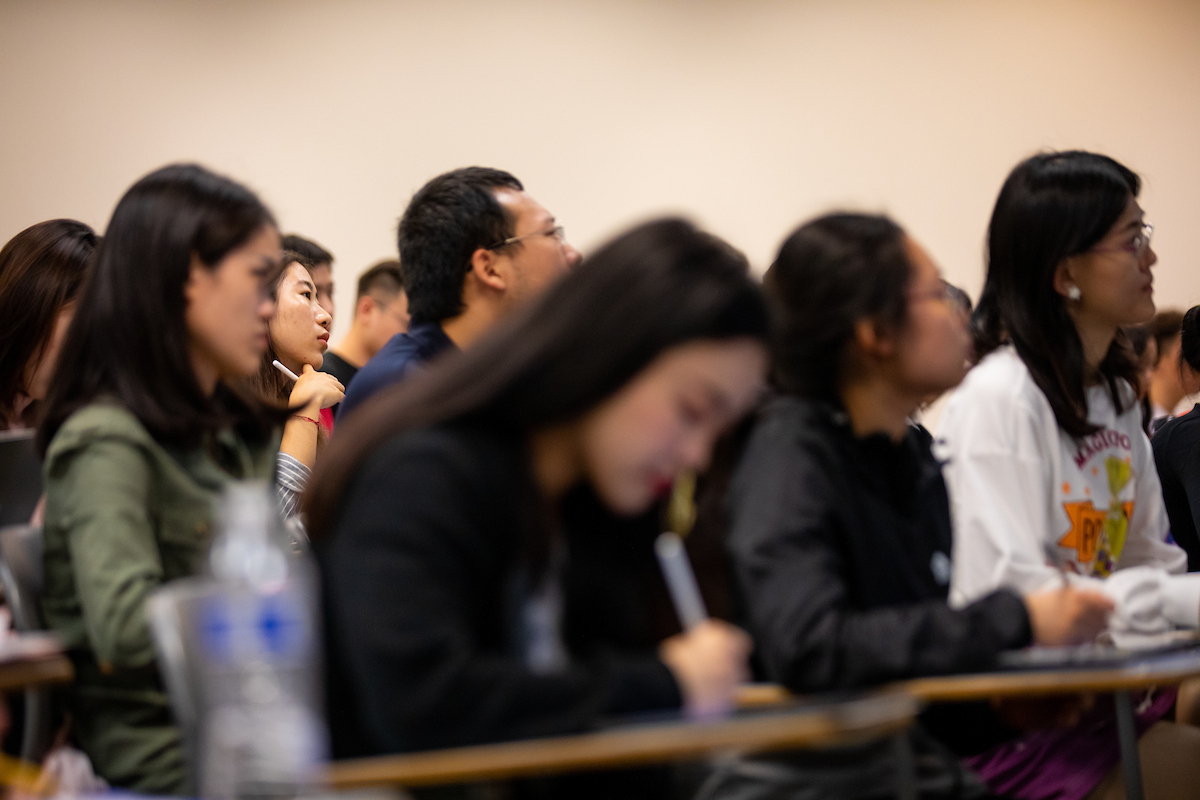Objectives
Adjunct professor Patrick W. Quirk restructured the Governance and Stabilization Operations course to integrate AI-focused learning, particularly so that students can explore how artificial intelligence may influence stabilization efforts in conflict-prone environments. In addition to providing a foundation in stabilization theory and governance frameworks, the course now includes AI-specific readings to help students understand the complex relationship between AI and conflict dynamics. The course objectives center on giving students a comprehensive understanding of how AI can both exacerbate and resolve intra-state armed conflicts.
By incorporating these new AI elements, the course encourages students to critically analyze AI’s role in conflict. Through applied learning exercises, students explore scenarios in which AI may amplify conflict risks—such as reinforcing bias or escalating tensions—and others where AI tools can offer pathways to peace-building and conflict resolution. An additional objective is for students to engage directly with AI technologies to enhance their analytical skills, applying AI tools to assess stabilization cases and propose solutions in areas such as governance, security, and economic stability.
Outcomes
Integrating AI-focused content and tools yielded substantial academic and practical outcomes for students, enriching their analysis of stabilization cases through a technologically informed lens. By engaging with AI-specific readings and resources, students were able to identify and articulate how AI can both contribute to and alleviate conflict. They applied these insights in course discussions and written policy memos as they evaluated AI’s dual impact on intra-state conflicts.
Hands-on exposure to AI tools further enabled students to directly analyze case studies, giving them practical skills to apply AI insights to stabilization strategies. The selected tools were either free or low-cost, making them accessible for student use and were accompanied by sample prompts that guided students in using AI for conflict analysis. These exercises provided students with real-world skills in employing AI to evaluate conflict dynamics and develop stabilization strategies.
The integration of AI into the seminar also allowed students to gain practical experience in synthesizing complex information, formulating solutions, and presenting their findings through policy memos and oral briefings. In their final assessments, students demonstrated a nuanced understanding of how AI technologies can both destabilize and support peace-building efforts, which is relevant to careers in policy, international development, and conflict resolution. The experience underscored the importance of preparing students to approach technology as both a challenge and an asset in global peace-building efforts.
Team

Dr. Patrick Quirk
Adjunct Professor, Department of Government, Democracy and Governance Program and Conflict Resolution Program

